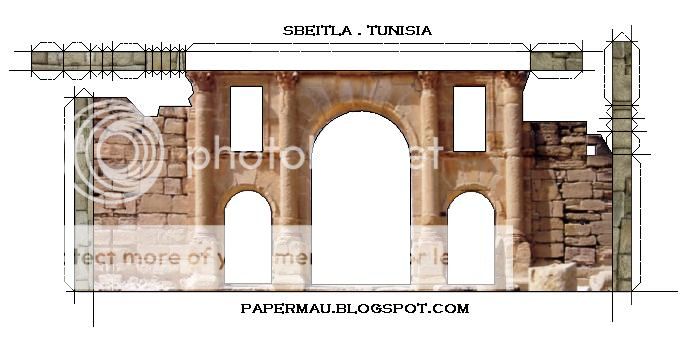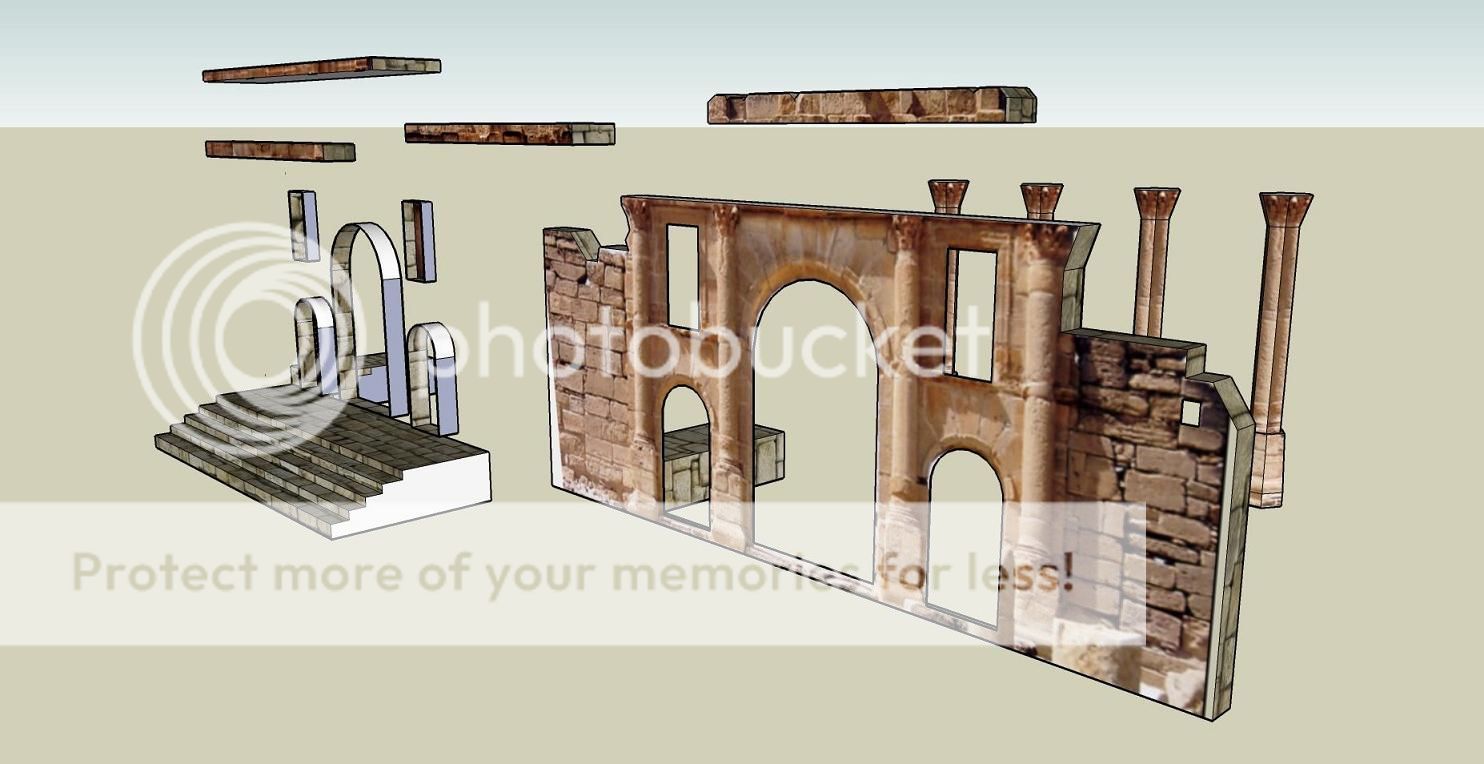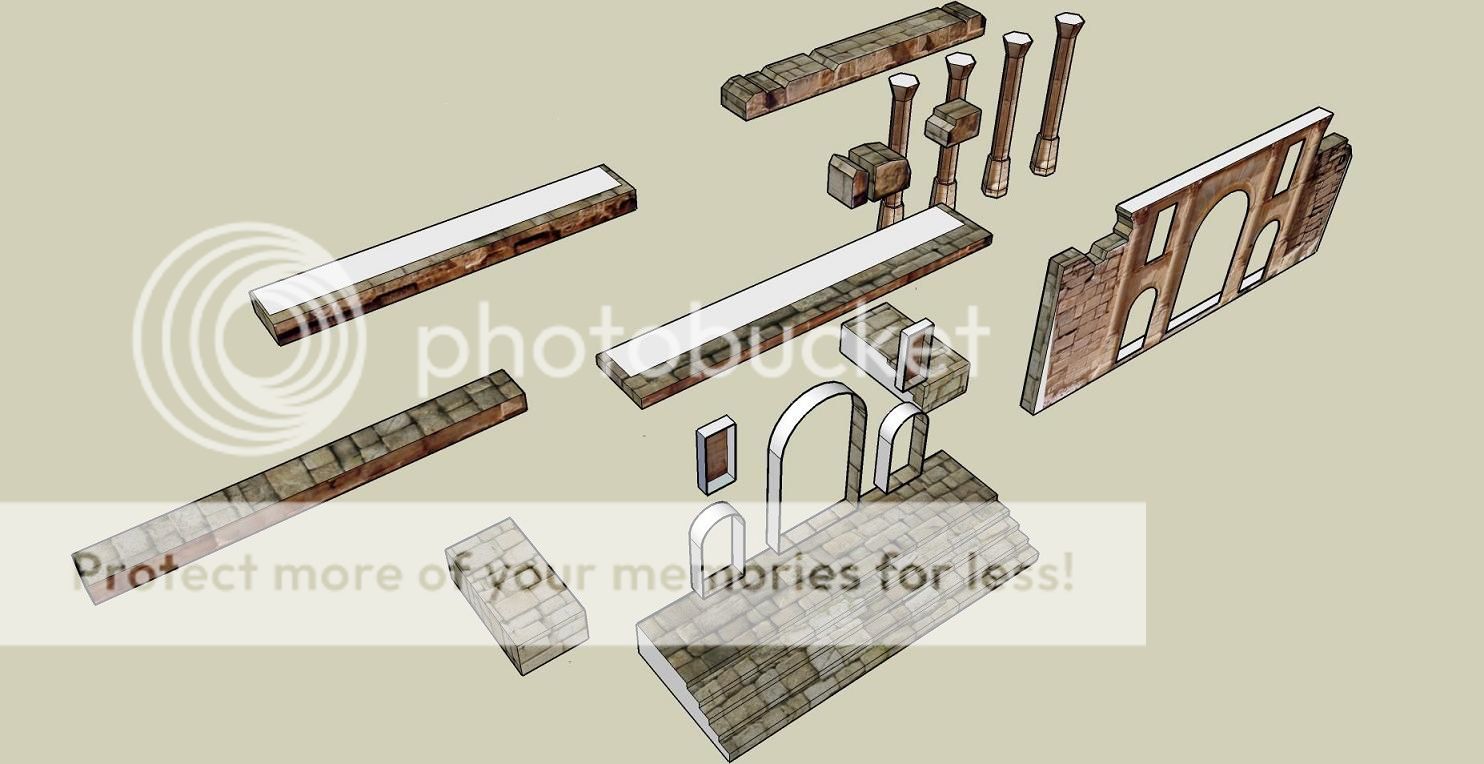A beatiful model in 1/200 scale. Fits almost a half A4 page. Very nice to put on a shelf.
Uma bela catedral em escala 1/200. Ocupa o espaço de meia folha de papel A4. Ótima para decorar a estante.
 Gothic architecture
Gothic architecture is a style of architecture that flourished during the high and late medieval period. It evolved from
Romanesque architecture and was succeeded by
Renaissance architecture.
Originating in 12th century
France and lasting into the
16th century,
Gothic architecture was known during the period as
"the French Style," (Opus Francigenum), with the term
Gothic first appearing during the latter part of the
Renaissance. Its characteristic features include the pointed arch, the ribbed vault and the flying buttress.
Gothic architecture is most familiar as the architecture of many of the great cathedrals, abbeys and churches of
Europe. It is also the architecture of many castles, palaces, town halls, guild halls, universities and to a less prominent extent, private dwellings.
It is in the great churches and cathedrals and in a number of civic buildings that the
Gothic style was expressed most powerfully, its characteristics lending themselves to appeal to the emotions. A great number of ecclesiastical buildings remain from this period, of which even the smallest are often structures of architectural distinction while many of the larger churches are considered priceless works of art and are listed with
UNESCO as World Heritage Sites. For this reason a study of
Gothic architecture is largely a study of cathedrals and churches.
A series of Gothic revivals began in mid-18th century
England, spread through 19th-century
Europe and continued, largely for ecclesiastical and university structures, into the 20th century. -
Wikipedia
 Arquitetura gótica
Arquitetura gótica é um estilo arquitetónico que segundo pesquisas, é evolução da
arquitetura românica e precede a arquitetura
renascentista. Foi desenvolvido na
França em pleno período medieval, onde originalmente se chamava
"Obra Francesa" (Opus Francigenum). O termo
'gótico' só apareceu no final do
Renascimento como um insulto estilístico.
Com o
gótico, a arquitetura ocidental atingiu um dos pontos culminantes da arquitetura pura. As abóbadas cada vez mais elevadas e maiores, não se apoiavam em muros e paredes compactas e sim sobre pilastras ou feixes de colunas. Uma série de suportes que eram constituídos por arcobotantes e contrafortes possuíam a função de equilibrar de modo externo o peso excessivo das abóbadas. Desta forma, imensas paredes espessas foram excluídas dos edifícios de género
gótico e foram substituídas por vitrais e rosáceas que iluminavam o ambiente interno.
O estilo gótico ficou marcado em muitas catedrais europeias, entre elas a de
Notre-Dame, Chartres, Colônia e Amiens, a maioria classificada como
Patrimônio Mundial da UNESCO. -
Wikipedia
Link: French.Gothic.Cathedral.by.Jump.If.Not.Zero



